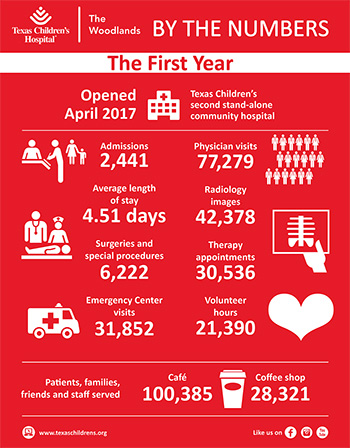 When Texas Children’s Hospital The Woodlands opened its doors a little more than a year ago, leaders were excited about bringing our expertise closer to the homes of the many patients and families who had been making the trek to the Texas Children’s Hospital Medical Center campus for so long. Leaders knew the hospital would fulfill a need in North Houston and beyond, and based on the hospital’s reception during its first year, they were right.
When Texas Children’s Hospital The Woodlands opened its doors a little more than a year ago, leaders were excited about bringing our expertise closer to the homes of the many patients and families who had been making the trek to the Texas Children’s Hospital Medical Center campus for so long. Leaders knew the hospital would fulfill a need in North Houston and beyond, and based on the hospital’s reception during its first year, they were right.
Texas Children’s second stand-alone community hospital exceeded expectations during its first year, admitting more than 2,400 patients and completing 77,000 plus physician visits, more than 42,000 radiologic procedures and close to 31,000 therapy appointments. Surgical Services and the Emergency Center saw some of the highest patient volume completing 6,222 surgeries and special procedures, and 31,852 Emergency Center visits.
“These numbers prove The Woodlands and surrounding communities needed world-class pediatric health care close to home,” said Trent Johnson, Texas Children’s Hospital assistant vice president. “Every time we’ve been in touch with families and patients, they always have positive feedback and say how much having Texas Children’s close to home has changed their lives for the better.”
“Community members and leaders also have been very supportive of the hospital during its first year, offering help whenever and wherever needed, which tells me they are happy we are here,” Johnson said.
Another group that has expressed happiness and support for the new 550,000-square-foot facility is clinicians and staff.
“The team here in The Woodlands is doing a phenomenal job,” said Ketrese White, director of Patient Care Services. “You can still feel their energy and excitement about our new hospital.”
As the demand for care grows in the area, so will Texas Children’s Hospital The Woodlands, White added. An additional 14 inpatient beds will become available at the beginning of next year, and leadership is continuously strategizing on how and where to expand and move forward.
“We are extremely pleased with how things are going in The Woodlands and are proud to be able to better serve our patients and families in the North Houston area and beyond,” said Michelle Riley-Brown, executive vice president. “We also are looking forward to the future, which we believe is very bright.”
Located off of I-45 in The Woodlands near CHI St. Luke’s and Methodist hospitals, Texas Children’s Hospital The Woodlands serves children and families in The Woodlands, Kingwood, Conroe, Spring, Magnolia, Humble, Huntsville and beyond, and was built on a decade’s worth of relationships Texas Children’s has built in the community through our primary and sub-specialty care at Texas Children’s Pediatrics locations and the Texas Children’s Health Center The Woodlands.
Designed with a “spirit of the woods” theme to incorporate the lush, woodsy landscape that surrounds it, Texas Children’s Hospital The Woodlands offers an open and inviting setting for patients, families and staff alike.
Just inside the main entrance is a grand staircase that simulates a tree house, giving the area a safe, central location for children and families visiting Texas Children’s Hospital The Woodlands. As you travel throughout the campus, there are images of leaves on the ceiling, rivers on the floor and trees and 1,700 pieces of art created by children in The Woodlands community on the walls.
Some features of the facility include:
- more than 20 areas of specialty care
- 32 acute care beds
- four operating rooms
- 12 radiology rooms with two MRIs
- Emergency Center with 25 patient rooms
- helipad
- more than 1,300 free parking spaces
- 28 critical care rooms (14 NICU and 14 PICU)
- neurophysiology sleep lab
- EEG laboratory
- state-of-the-art infusion center
- dining area
- family library
- chapel
- playrooms on every floor
- state-of-the-art motion analysis lab
The hospital’s unique design recently earned a Houston Business Journal Landmark Award, which recognizes outstanding real estate projects in the Greater Houston area. Texas Children’s Hospital The Woodlands was recognized in the medical category.
The inpatient facility is connected to the six-floor, 210,000-square-foot Outpatient Building, which opened in October 2016 and houses more than 20 areas of specialized care including Cardiology, Sports Medicine, Neurology and Hematology/Oncology.
The Outpatient Building is a convenient, kid-friendly environment for families seeking the best pediatric care for their children. A state-of-the-art sports physical therapy gym is on the first floor, check-in and check-out stations resembling a child’s club house are at the entrance of each clinic, and spacious exam rooms and provider work stations line many of the building’s halls.
For more information about Texas Children’s Hospital The Woodlands, click here.


 From our three hospital campuses to our health centers, urgent care and pediatric practices, Texas Children’s continues to focus its efforts on enhancing patient access. Since implementing solutions for the first two waves of specialties over the last two months, patient families are noticing a positive difference.
From our three hospital campuses to our health centers, urgent care and pediatric practices, Texas Children’s continues to focus its efforts on enhancing patient access. Since implementing solutions for the first two waves of specialties over the last two months, patient families are noticing a positive difference.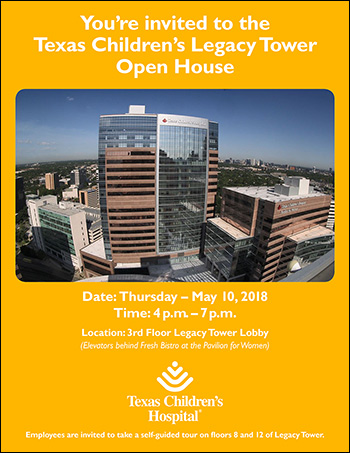
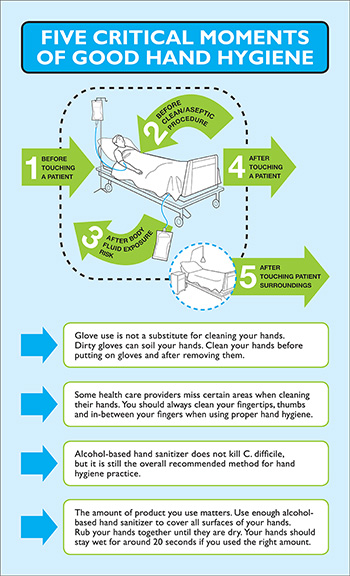
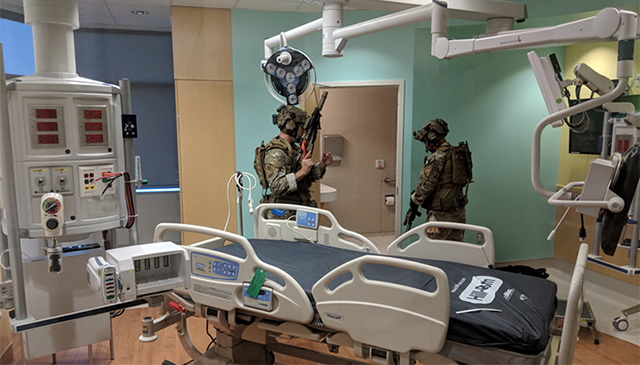
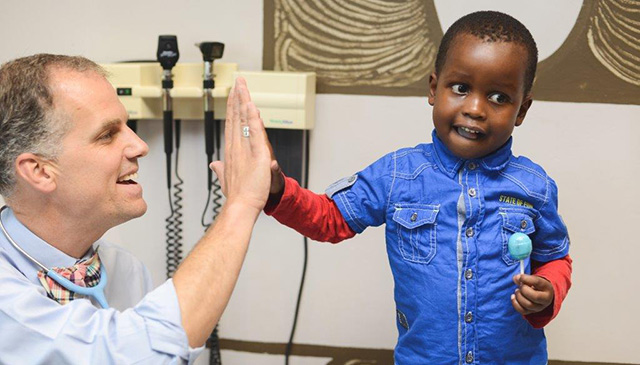 Just 12 short months ago, Texas Children’s Cancer and Hematology Centers, Baylor College of Medicine International Pediatric AIDS Initiative at Texas Children’s Hospital, the Bristol-Myers Squibb Foundation, and leaders in Botswana, Uganda and Malawi, announced a $100 million initiative to create an innovative pediatric hematology-oncology treatment network in sub-Saharan Africa.
Just 12 short months ago, Texas Children’s Cancer and Hematology Centers, Baylor College of Medicine International Pediatric AIDS Initiative at Texas Children’s Hospital, the Bristol-Myers Squibb Foundation, and leaders in Botswana, Uganda and Malawi, announced a $100 million initiative to create an innovative pediatric hematology-oncology treatment network in sub-Saharan Africa.